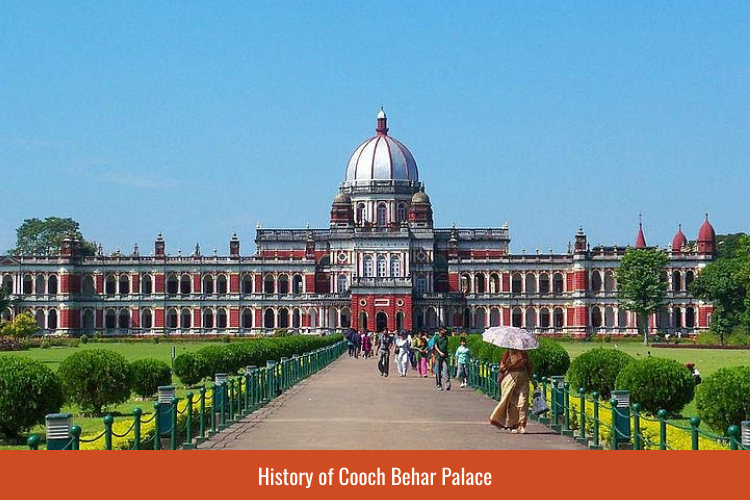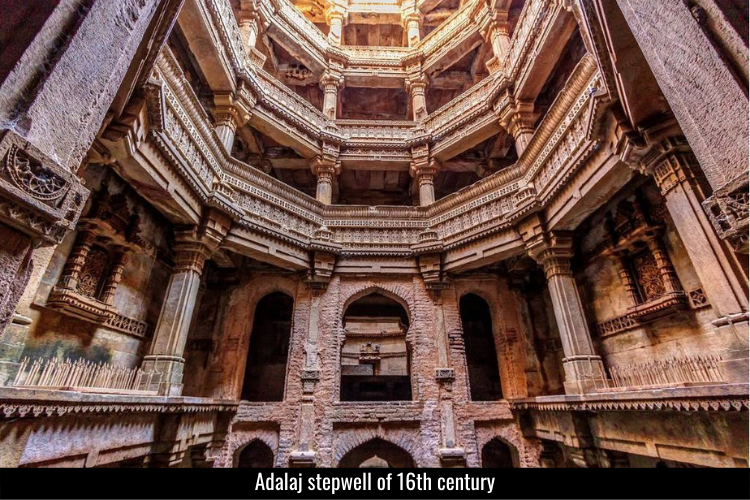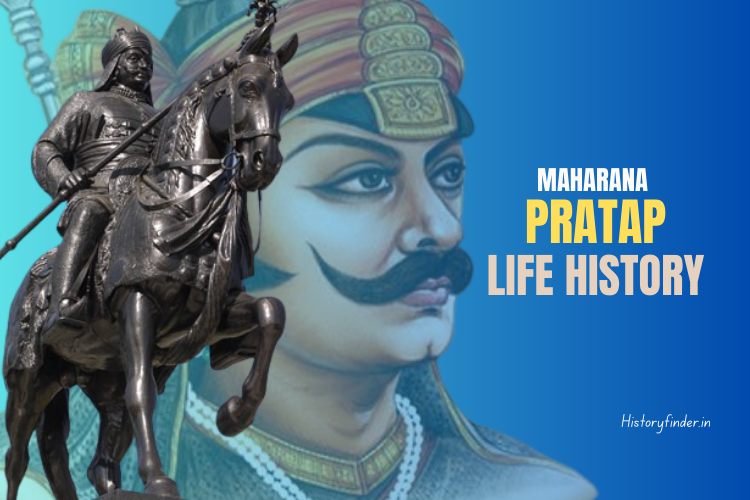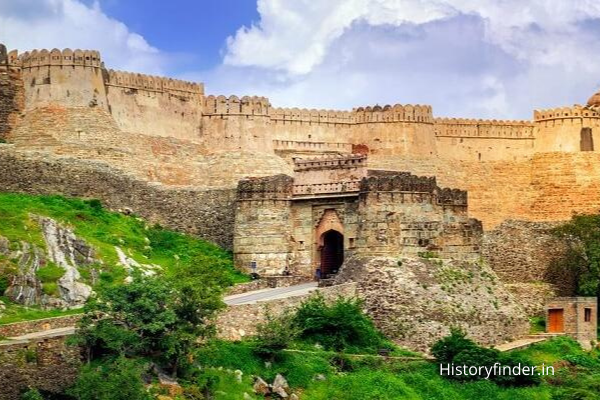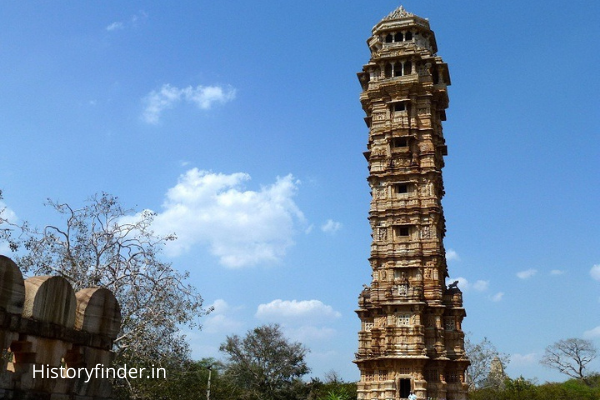Cooch Behar Palace, locally famous as Cooch Behar Rajbari, is a royal heritage and a historical landmark in northern West Bengal, India. The spectacular palace is also one of the major tourist destinations in Cooch Behar. Alongside the stunning architecture, Cooch Behar Rajbari of West Bengal has a rich history as well. Cooch Behar Palace museum art, antiques and artefacts will take you back to the glory days of royal Koch family of Cooch Behar.
Coochbehar Rajbari is also known as Victor Jubilee Palace. Archaeological Survey of India (ASI) is preserving the royal heritage monument since 1970. ASI has converted a section of the Cooch Behar Rajbari into a museum.
Koch dynasty, the royal family of Cooch Behar are the proud owners of the Cooch Behar Palace. Present day Cooch Behar was formerly known as Koch Bihar (Vihar), the dwelling land of the Koch. During British rule in India, present town of Cooch Behar was the seat of princely state of ‘Koch Bihar’. Koch dynasty was initially ruling the present states of Assam and Bengal since early 13th century. But later in 16th century, divided among the descendants, when Koch Bihar came under Maharaja Laxmi Narayan.
Background history of Cooch Behar Palace construction
Cooch Behar palace construction has the background story deeply linked with the life of Maharaja Nripendra Narayan. King Nripendra was crowned in 1863, at the age of 10 months only. But being minor, the administration of the state of Koch Bihar went under the commissioner of the British government. Maharaja Nipendra Narayan got his authority back in 1884.
King Nripendra Narayan built the royal palace of Cooch Behar in 1887, to celebrate the golden jubilee of Queen Victoria’s reign. Henceforth, Cooch Behar Rajbari is also known as Victor Jubilee Palace. King Nripendra Narayan’s life was majorly influenced with European cultures. Cooch Behar architecture and design, probably why, has the glimpses of the European Renaissance architecture. European architect F. Barckley designed the royal palace of Cooch Behar.

6 Interesting facts about Cooch Behar Rajbari
The Koch Bihar Rajbari history is densely associated with few small but very interesting facts. Some of them may really surprise you.
1. Story behind Cooch Behar Rajbari Architecture and Design
The selection of Cooch Behar Rajbari architecture and design has an incredible background history. Young Nripendra Narayan had spent a significant time at London for his higher studies. London’s Buckingham Palace architecture kept inspiring the young king. He returned to India and got back his lordship in 1884 from the British Government. He built his royal palace in Cooch Behar in a very short period. Cooch Behar palace therefore has a great resemblance with Buckingham palace of London.
2. Palace architecture: classic blend of Indian and European style
Italian Renaissance architecture comes first in mind when we see the awesome palace of Cooch Behar. But King Nripendra Narayan and chief architect Barckley didn’t reject Indian traditions entirely. The metal dome at the top of the palace is a classic representation of Italian Renaissance architecture. The intros of the dome is carved in stepped patterns is also an Italian adoption.
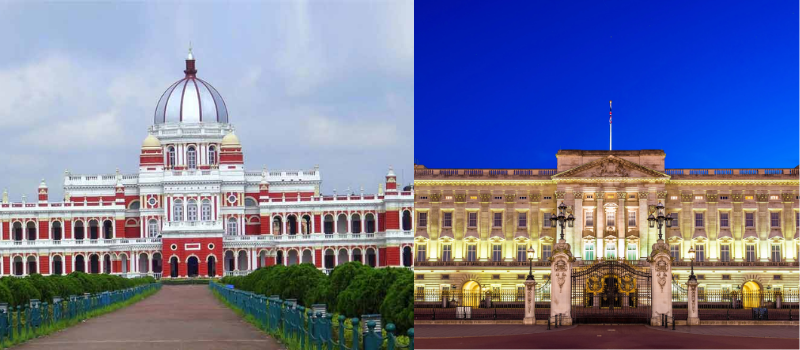
Although Designed in European style, the heritage monument of Cooch Behar has several glimpses of Indian culture as well. The internal decorations and art reflect several traces of Indian art.
3. Partial destruction of Cooch Behar Palace
The original royal residence of Koch kings of Cooch Behar was a partial three storeyed building. During the earthquake of 1897, a significant portion of Cooch Behar Rajbari had collapsed. Later, the royal owners of Cooch Behar Rajbari repaired the damaged portion of the palace, but up to the second storey only.
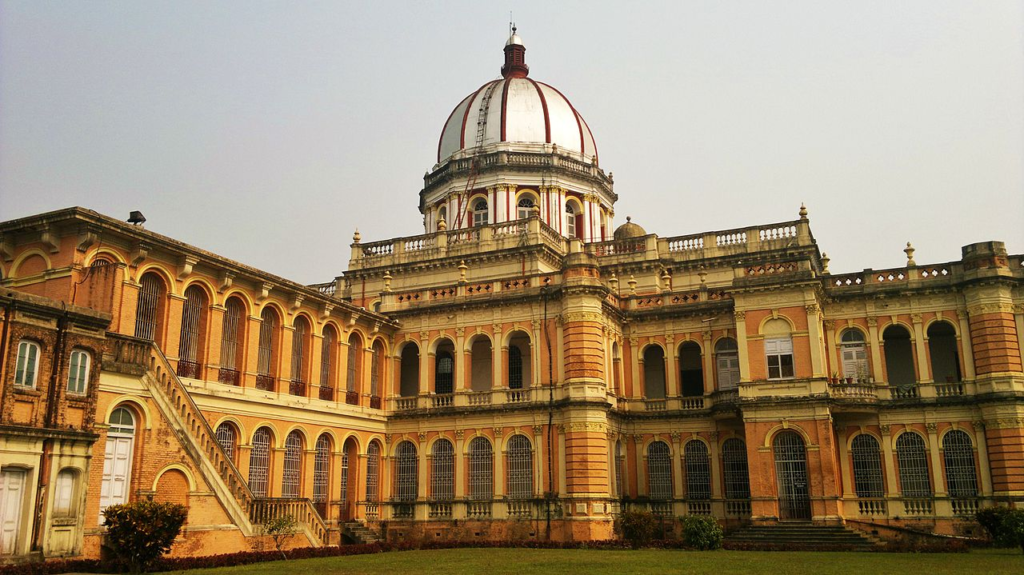
Interestingly, the rear side of Cooch Behar palace is still bearing its original colour of 19th century. Front side of the monument had been painted several times.
4. Monument of national importance
Indian government had taken over on September, 1949 along with the administration of Cooch Behar state. The Archaeological Survey of India (ASI) had therafter taken over the maintenance of the monument. ASI further declared Cooch Behar Rajbari among the 134 listed monuments of national importance in West Bengal.
5. Cooch Behar palace museum collections
ASI had transformed a portion of the palace into a museum in 2002. The museum showcases several royal antiques. Beautiful paintings, chandeliers and photographs of ancient era are most noticeable among all. However, the most attractive collections of Cooch Behar Rajbari museum are definitely the weapons of the royal family of Cooch Behar.
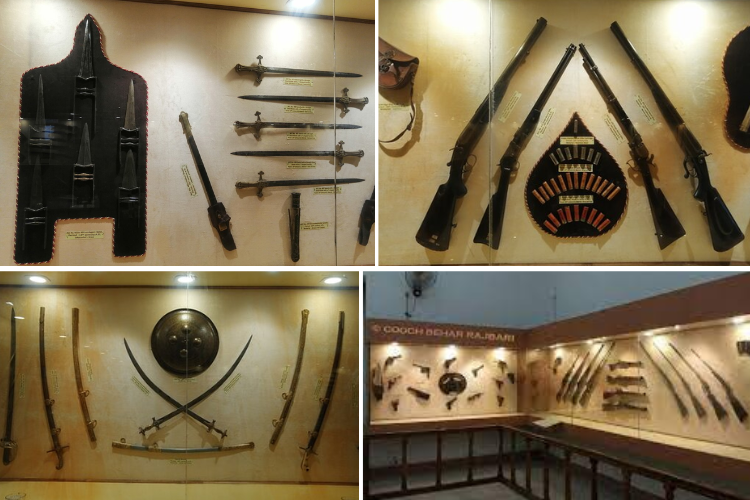
Cooch Behar palace museum also displays centuries old terracotta figurines. These ancient age figurines mostly depict various gods and goddesses.
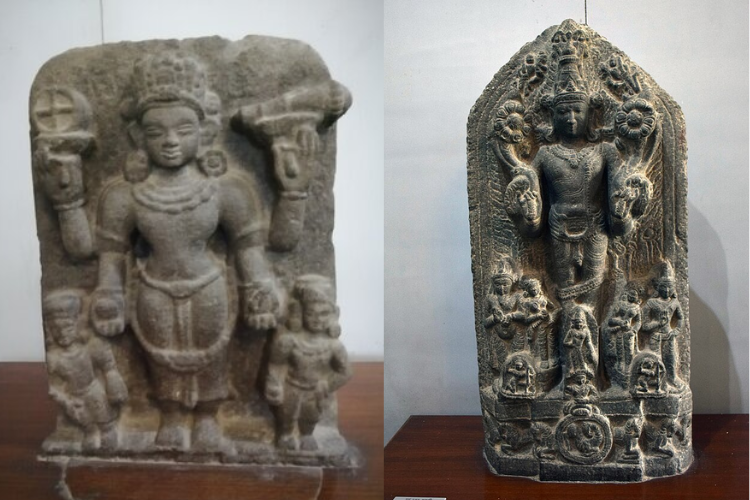
The museum also exhibits several oil paintings of the royal family. Some of the paitings are of higher historical values.

6. Birth place of Maharani Gayatri Devi
Coochbehar royal palace was also the birth place of famous political icon Maharani Gayatri Devi of Jaipur. She married Maharaja Sawai Maan Singh 2 of Jaipur in 1940 and remained the queen of the princely state until 1949. Maharani Gayatri Devi was a fashion icon during her adulthood and became a famous politician in her later life. Gayatri Devi was mostly recognised to be a famous critic of Smt. Indira Gandhi.
Coochbehar Palace FAQs
Cooch Behar Palace is 6 kilometers away from New Cooch Behar Junction railway station. It takes about 15 minutes by road. Cooch Behar Airport is also very close, about 5 kilometers from the palace.
Cooch Behar Rajbari is open all 7 days in a week from 10:00 AM till 5:00 PM.
Cooch Behar Rajbari entry fee is Rs. 20/- per person.
